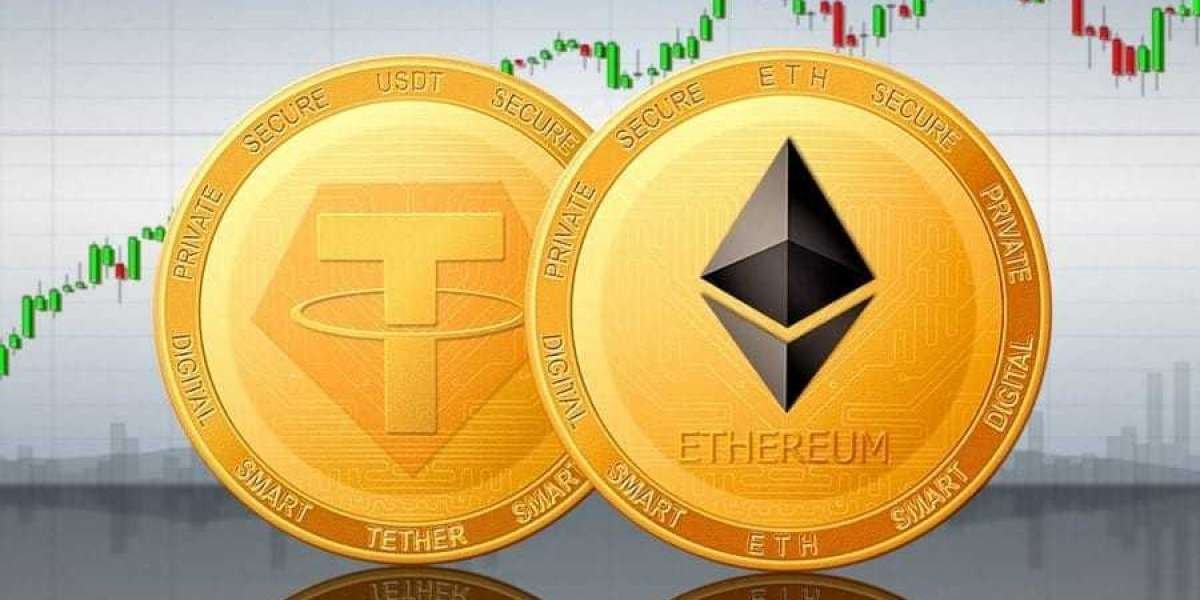Ethereum Price , launched in 2015 by Vitalik Buterin and his team, has become one of the most influential blockchain platforms in the cryptocurrency space. As the foundation for numerous decentralized applications (dApps) and smart contracts, Ethereum’s native token, Ether (ETH), plays a crucial role in the ecosystem. The price of Ethereum is a topic of significant interest for investors, developers, and market watchers alike. This article delves into the current status of Ethereum’s price, factors influencing it, historical trends, and future prospects.
Current Ethereum Price Overview
As of August 2024, Ethereum’s price is subject to volatility and can fluctuate based on market conditions. For the most up-to-date price of ETH, consulting real-time data from cryptocurrency exchanges or financial news platforms is recommended. Historically, Ethereum has experienced substantial price movements, reflecting both market dynamics and developments within the Ethereum network.
Factors Influencing Ethereum’s Price
Network Upgrades and Technological Innovations: Ethereum’s price is significantly impacted by its technological advancements. Upgrades to the Ethereum network, such as the transition to Ethereum 2.0 (ETH2), which aims to improve scalability and reduce energy consumption through a shift from Proof of Work (PoW) to Proof of Stake (PoS), can influence its price. Successful implementation of network upgrades and new features often leads to positive market sentiment and price increases.
DeFi and dApp Ecosystem Growth: Ethereum is the backbone of the decentralized finance (DeFi) ecosystem and hosts a multitude of dApps. Growth in the DeFi space and the adoption of Ethereum-based applications can drive up demand for ETH, influencing its price. Innovations and the launch of new projects within the Ethereum ecosystem can also contribute to price fluctuations.
Market Sentiment and Speculation: Like other cryptocurrencies, Ethereum’s price is affected by market sentiment and speculative trading. Positive news, such as institutional investment or successful network upgrades, can lead to price increases. Conversely, negative news or broader market corrections can lead to price declines.
Regulatory Environment: Regulatory developments can have a significant impact on Ethereum’s price. Favorable regulations that promote the use of cryptocurrencies and blockchain technology can boost confidence and drive up prices. On the other hand, restrictive regulations or regulatory uncertainty can negatively affect Ethereum’s price.
Competition and Technological Challenges: Ethereum faces competition from other blockchain platforms that offer similar or enhanced features. Technological challenges, such as network congestion and high transaction fees, can also impact Ethereum’s price. The network’s ability to address these challenges and maintain its position as a leading blockchain platform is crucial for its valuation.
Macro Economic Factors: Broader economic conditions, including inflation rates, interest rates, and global economic stability, can influence Ethereum’s price. Ethereum is sometimes viewed as a hedge against economic uncertainty, which can impact its demand and price during times of economic turbulence.
Historical Price Trends
Ethereum’s price history has been marked by notable events and trends:
2017 ICO and Early Growth: Ethereum’s initial coin offering (ICO) in 2014 set the stage for its rise, with significant price growth occurring in 2017. Ethereum reached new highs, driven by the growing interest in blockchain technology and dApps.
2020-2021 Bull Run: Ethereum experienced a dramatic price increase alongside Bitcoin in 2020 and 2021. The rise of DeFi projects and the anticipation of Ethereum 2.0 contributed to ETH reaching new all-time highs above $4,000 in 2021.
Volatility and Corrections: Like many cryptocurrencies, Ethereum has experienced periods of high volatility and corrections. Price swings both upwards and downwards are common, influenced by market sentiment and external factors.
Future Outlook
Predicting Ethereum’s future price involves considering several potential trends and developments:
Ethereum 2.0 and Scalability: The successful rollout of Ethereum 2.0 and improvements in network scalability and efficiency are expected to impact Ethereum’s price positively. Enhanced transaction speeds and lower fees can drive increased adoption and demand.
DeFi and dApp Expansion: Continued growth in the DeFi sector and the development of new dApps on the Ethereum platform can contribute to price increases. Ethereum’s role as the primary platform for these innovations is a key factor in its future valuation.
Regulatory Developments: Regulatory clarity and supportive legislation will play a crucial role in shaping Ethereum’s future price. Positive regulatory developments can enhance investor confidence and drive prices higher.
Technological Competition: Ethereum’s ability to maintain its competitive edge in the face of emerging blockchain technologies and platforms will impact its price. Ongoing innovation and addressing existing challenges are critical for Ethereum’s long-term success.
Conclusion
Ethereum’s price is influenced by a complex interplay of factors, including network upgrades, technological innovations, market sentiment, regulatory developments, and broader economic conditions. As a leading blockchain platform with a growing ecosystem of dApps and DeFi projects, Ethereum’s price is subject to significant fluctuations. Investors and enthusiasts should stay informed about developments within the Ethereum network and broader market trends to make well-informed decisions.
For the latest Ethereum price and real-time updates, always refer to reliable financial sources and cryptocurrency exchanges.



